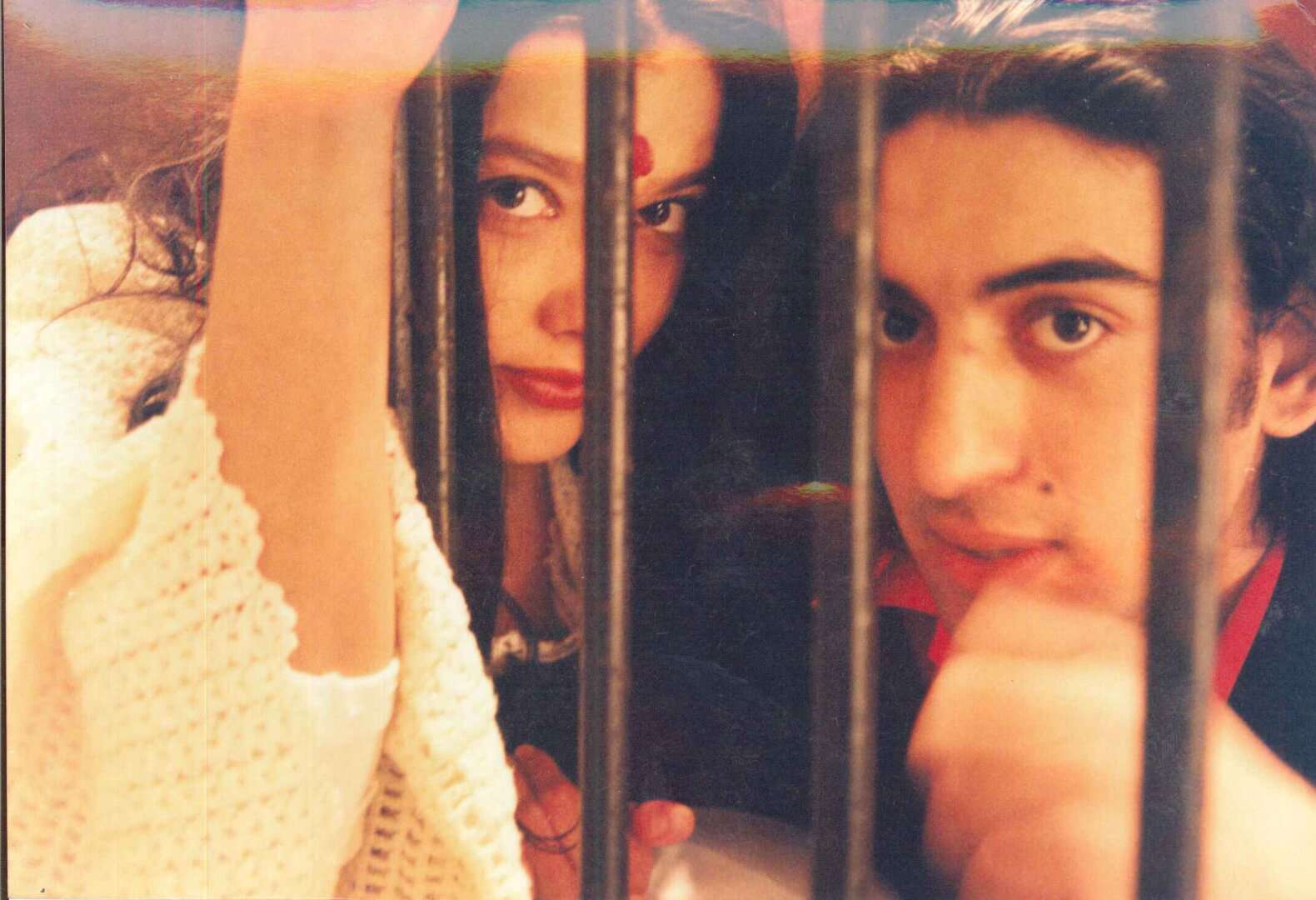Federico García Lorca’s Bodas de sangre (Blood Wedding), the classic tragedy about a young woman and two men fighting for her love, performed in the Roma language becomes a violently passionate, colourful, honest and strongly motivated production. An entire building was turned into the stage of this Spanish tragedy, the performance moving from room to room with the mesmerized audience in tow. The courtyard was used for the marriage banquet scene; the audience was given rice to throw at the newlyweds at the temple. It is a piece that struggles with fundamental questions of self-definition, half explained, and half understood, practically having to put right many silly, romantic preconceptions and fight its own artistic medium to express itself and this one innocent fact. Vareso Aver’s production approaches love and death, two heavy topics, so passionately, with so much raw pain that the actors and director could easily lose their heads. The performance in the Roma language extends the play well beyond its general exotic oratory into a realistic experience with emotional explosions from both actors and audience. Lorca’s sentences in Romanes made it possible to absorb everything that is not important in a stone theatre, coddled-to-death production.
Even allowing for the dramaturgical demands, the beginning of the play is a rather comical wandering back and forth between rooms, but then the way the actors find themselves completes the illusion for us. Judit Jonas (Mother of the Groom) works with such discipline and intelligence that she establishes the tempo of the entire performance. This woman who has suffered so much hobbles slowly forward towards tragedy. She knows everything, she still hopes for something different. It’s beautiful how through this omnipotence, the catastrophic end sticks to the other characters. To Nora Parti, the Bride, who nurses doomed love in her heart. To Balas Devai, the Groom, who also senses something but throws himself willingly into the hands of fate. To Rudolf Balogh’s Leonardo, who looks as if he has a deep understanding of the power of suffering. As the events unfold, the play gets subtler and even more convincing. Izabella Varga whimperingly bears her pain. The amateur actress Krisztina Sakrozi shows a truly moving ability to really live through the twists and turns of the story. There is so much in the subtle resolution of these scenes: the exceptionally rare event, the poverty, the missing lights, the change of location, the grounding of the whole struggle. There are the emotions, coming undone and elegantly restrained, the play living freely, the heroes struggling for happiness, and the great burden of loss. The result is convincing. The Roma Blood Wedding is a performance with many levels of meaning and deep significance, and it is truly enjoyable.





